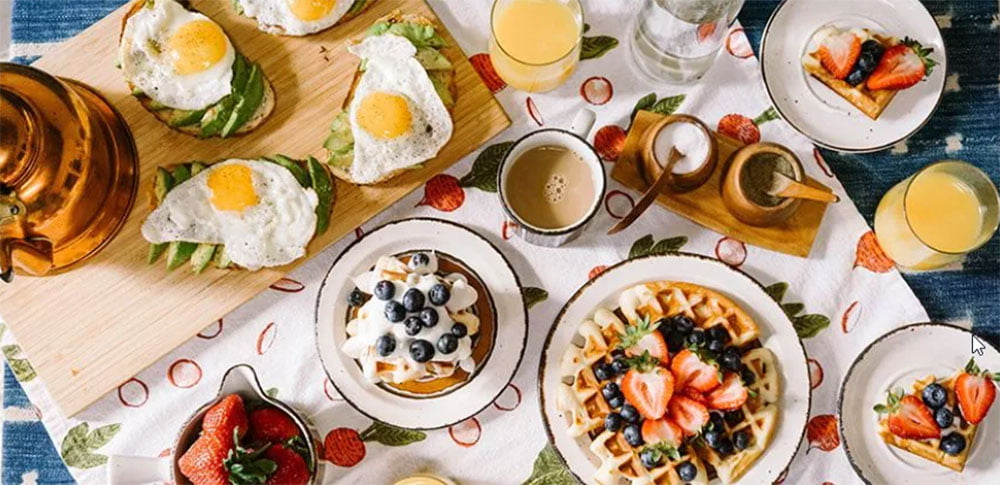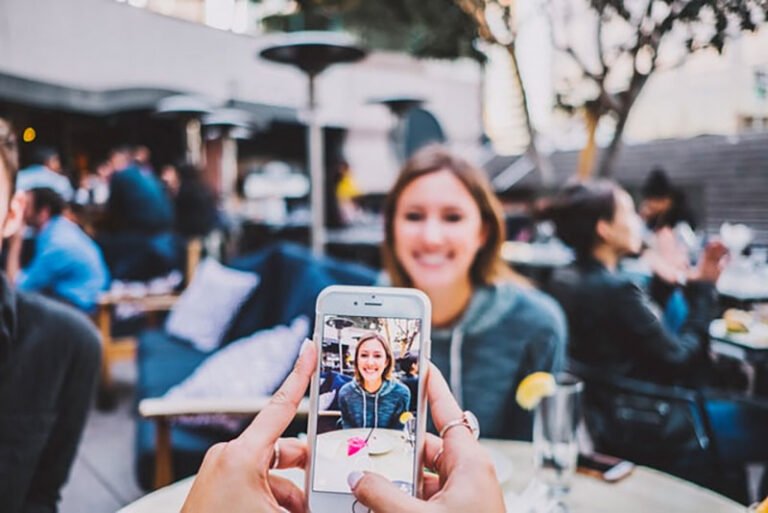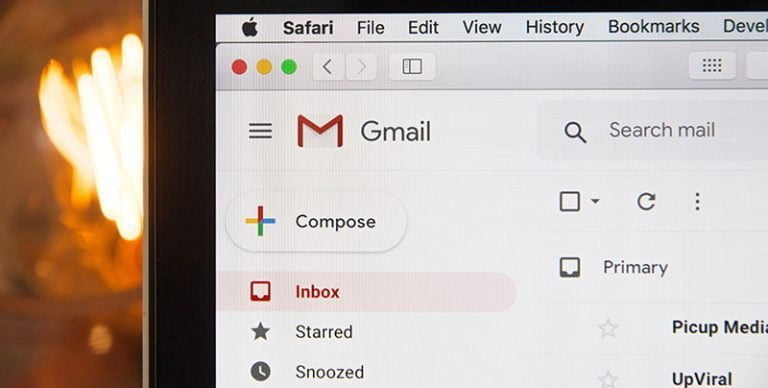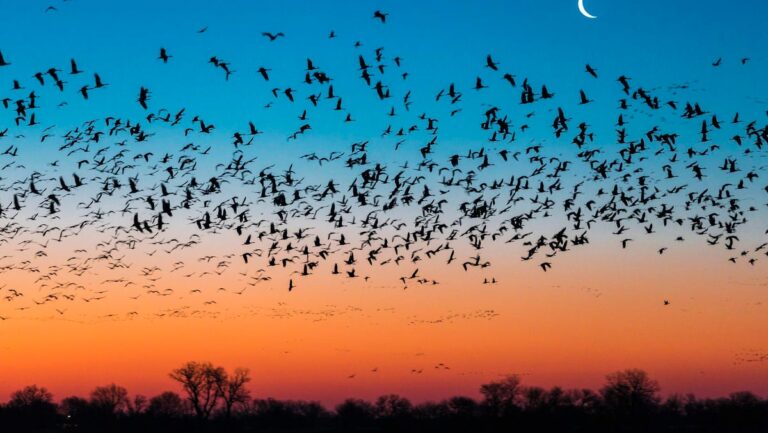
Unless you have been living under the rock, you might already know about flat lay photography. Flat lay photography is taking pictures of objects arranged on a flat surface, and the shot is taken directly from above.
Whether it’s trending blogs or social media, everyone loves stunning flat lay pictures. Why? Flat lay pictures capture everything about your subject. You can also use various props and arrangements for storytelling.
Problems in Capturing Flat Lay Shots
Sounds easy, right? Although flat lay photography may seem simple, it’s not an easy feat to master. Seasoned professionals say that you will come across the following problems:
- As your subjects are laid out flat on a background, you rely on movements to create the character.
- To create movement in your photos, you will have to ensure the right arrangement, colors, texture, and layering.
- You will have to master the lighting to play and capture intriguing shots.
However, don’t let a few issues come your way of taking beautiful flat lay photographs. Pro photographers share proven ways to capture a fascinating shot and also find the appropriate software to edit the pictures taken.
All is Well That is Planned Well
The ultimate goal of flat lay photography is to tell a story. From lighting to the background, every element you include in your shots must convey your message. Your goal must be to use objects of different sizes, shapes, colors, and textures cohesively. You must keep the following five steps in mind to plan an excellent flat lay photo:
- Background
The background is the base of flat lay pictures. By choosing the right flat surface, you’ll make the right start. Make sure you choose a neutral or subtle background without any distracting patterns or textures. However, you can use natural textures and patterns to add depth to your picture.
- Arrangement
As flat lay captures lack movement, you have to rely on the right placements and arrangements to create movement. While arranging your objects and props, make sure you do not make the shot very busy. Keep the target objects at the center and balance your shot with negative space. Straight line, grid, S-curve, and the rule of third are some of the popular arrangements.
Lighting is one of the crucial elements of a flat lay shot. Natural light is the best light for flat lay shots. One tip that you can follow is to find the focal point of your shot. Now ensure that your lighting helps in drawing the viewer’s eye to the focal object. Before you take the photo, take note of how lights hit the focal object.
Layering is a great way to add both movement and depth to your flat lay pictures. An excellent way to create depth is stacking objects of different sizes on each other. You can layer different types of props and place your focal object on top of it.
The key to capturing a good flat lay photo is taking a shot from an angle parallel to your flat surface. You can experiment with the height at which you want to place your camera.
Other Tips
Play with Colors
Color themes make flat lay photos attractive. When playing with colors, try to maintain consistency in colors throughout the photograph.
Add Texture
Textures help in adding flat lay shots. Different materials such as fur, natural cloths, metal, wood, stone, and glass are great ways to add texture to your photos. However, avoid overdoing textures.
Contrast Creates Interest
As flat lay photos lack movement and depth, you might miss that extra something. Don’t worry! Creating a contract in your pictures will help you add that magic and build interest. You can create contrast using elements such as colors, lights, textures, shapes, and sizes.
In the end, one thing that will take you a long way with flat lay photography is – your unique style. Experimenting and practicing will help you find your style. Try to take your time to make your arrangements or design settings for your shot. Add props and different elements. With practice, you will master lighting and arrangement skills to take perfect flat lay photos every time.






